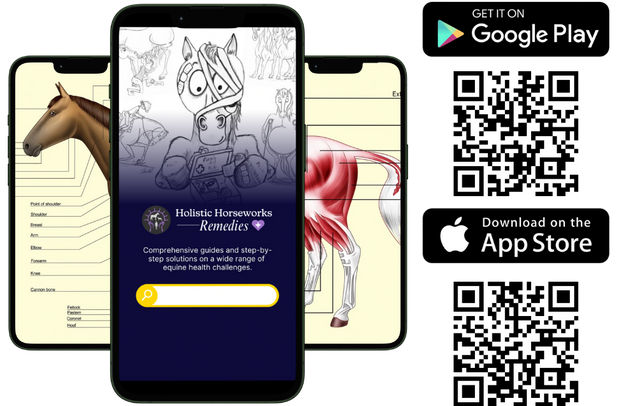Improve Horse Performance with First Rib Alignment
Share this episode:
Table of Contents
Join us in this episode of Holistic Horseworks Talks with April Love as we explore the often-overlooked significance of the first mobility rib in equine anatomy. She sheds light on how misalignments of the first rib can lead to various issues with people such as thoracic outlet syndrome, frozen shoulder, tendonitis, bursitis, and carpel tunnel syndrome. So think about all the things it could be impeding your horse’s freedom of movement in the front end. This is what starts the high-low hoof syndrome, horse not picking up right or left lead, mysterious lameness, kissing spine, behavioral issues, and even roaring in horses requiring expensive tie-back surgery.
It’s All Connected
In the world of equine care, ensuring your horse’s well-being goes beyond just basic management. Holistic approaches to horse care have gained traction, highlighting the interconnectedness of various factors that contribute to a horse’s overall health and performance. One crucial element that often goes unnoticed but plays a pivotal role in equine wellness is the first rib. Let’s delve into the significance of the first rib, its alignment, and how it affects a horse’s movement and overall health.
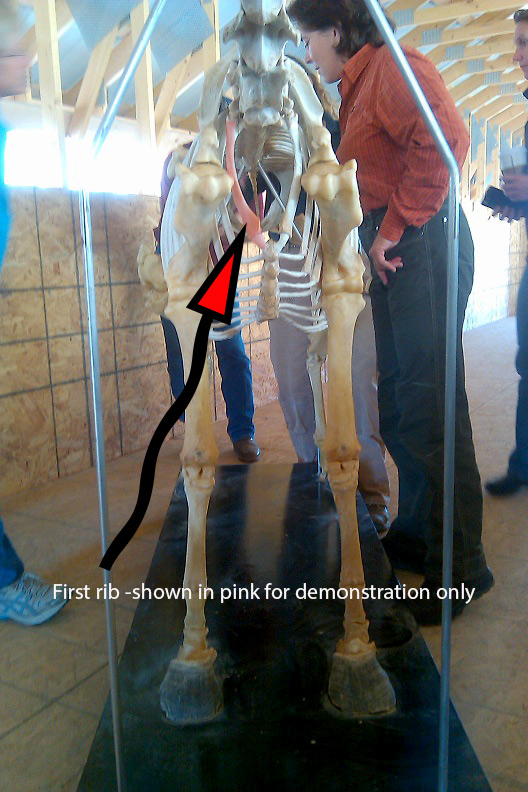
What is the First Rib? What does it do?
To comprehend the importance of the first rib, it’s essential to have a basic understanding of equine anatomy. Similar to human skeletons, horses have a first rib located beneath the point of the shoulder. This rib serves as a critical connection point for various muscles, tendons, and ligaments that support the horse’s body and movement. As such, it plays a key role in the horse’s overall biomechanics, movement, and balance. When misaligned, it can lead to a cascade of issues that impact a horse’s performance, comfort, and well-being.
What Causes First Rib Misalignment in Horses?
Numerous factors can lead to the misalignment of a horse’s first rib. These include activities such as running through uneven terrain, slipping in mud, or experiencing sudden jolts, such as pulling a shoe or stopping abruptly. These actions can cause the first rib to become misaligned, resulting in potential imbalances and compensatory movements. Nutrition also plays a role in maintaining healthy musculoskeletal function, but unfortunately, today most hays and grains that we feed ar horses are mineral deficient which is a result of monocropping, mass production, and chemical additives used for growing.
What are the implications of a first rib misalignment?
Breathing Issues: A misaligned first rib can lead to thoracic outlet impingement, which can affect a horse’s ability to breathe properly. This can result in reduced lung capacity, limited oxygen intake, and overall discomfort for the horse. This can result in issues such as roaring.
Abnormal Gait and Lameness: The misalignment of the first rib can disrupt the horse’s biomechanics, leading to uneven movement patterns and compromised gait. This can impact the horse’s overall performance, making it difficult to perform tasks such as turning, stopping, and transitioning between gaits. Horses with a misaligned first rib may also exhibit gait irregularities, such as choppy or stiff movement. These irregularities can affect their overall performance and potentially lead to lameness.
Muscle Strain and Chronic Pain: A misaligned first rib can cause compensatory movements, leading to strain in muscles, tendons, and ligaments. This strain can result in discomfort, pain, and even injuries over time. If left unaddressed, the misalignment can lead to chronic pain and discomfort for the horse. Chronic pain can affect the horse’s quality of life, behavior, and overall disposition.
Roach Back or Hunter’s Bump: A misaligned first rib can lead to postural changes, including a roached back or other abnormalities in the horse’s spine. This is a result of the horse not being able to move comfortably or freely and overcompensating with other areas of the body, which often cascades to the hind end and a contraction of the psoas muscle.
Poor Performance: A horse with a misaligned first rib may struggle to perform at its full potential due to compromised biomechanics, discomfort, and restricted movement. This can impact various disciplines, from racing and jumping to dressage and trail riding.
How to tell if the first rib is misaligned on your horse
Keep an eye out for gait irregularities, such as choppy or stiff movements, as well as performance limitations that may manifest as difficulty turning, stopping, or transitioning between gaits. Additionally, watch for breathing difficulties, including changes in breathing patterns and potentially, the occurrence of roaring. Look for postural changes, such as a roached back or abnormal spine alignment, and pay attention to signs of discomfort, chronic pain, or tension in the horse’s muscles, tendons, and ligaments. If you notice changes in behavior, reluctance to perform certain movements, especially in the front end, or diminished athletic abilities, these could also be indicators of a misaligned first rib. Regularly assessing these signs and performing evaluations and adjustments can help ensure the horse’s overall health and performance.
How to realign your horse’s first rib
Re-aligning a horse’s first rib is easier than it sounds, and you can do it yourself with the help of a friend! The trick is performing a certain technique that encourages the horse voluntarily performs a specific movement that naturally drops back into alignment without causing discomfort or harm to the horse. In the long term, it’s also important to address potential mineral deficiencies, detoxification, and proper nutrition to support your horse’s overall well-being and assist in maintaining the alignment of the first rib.
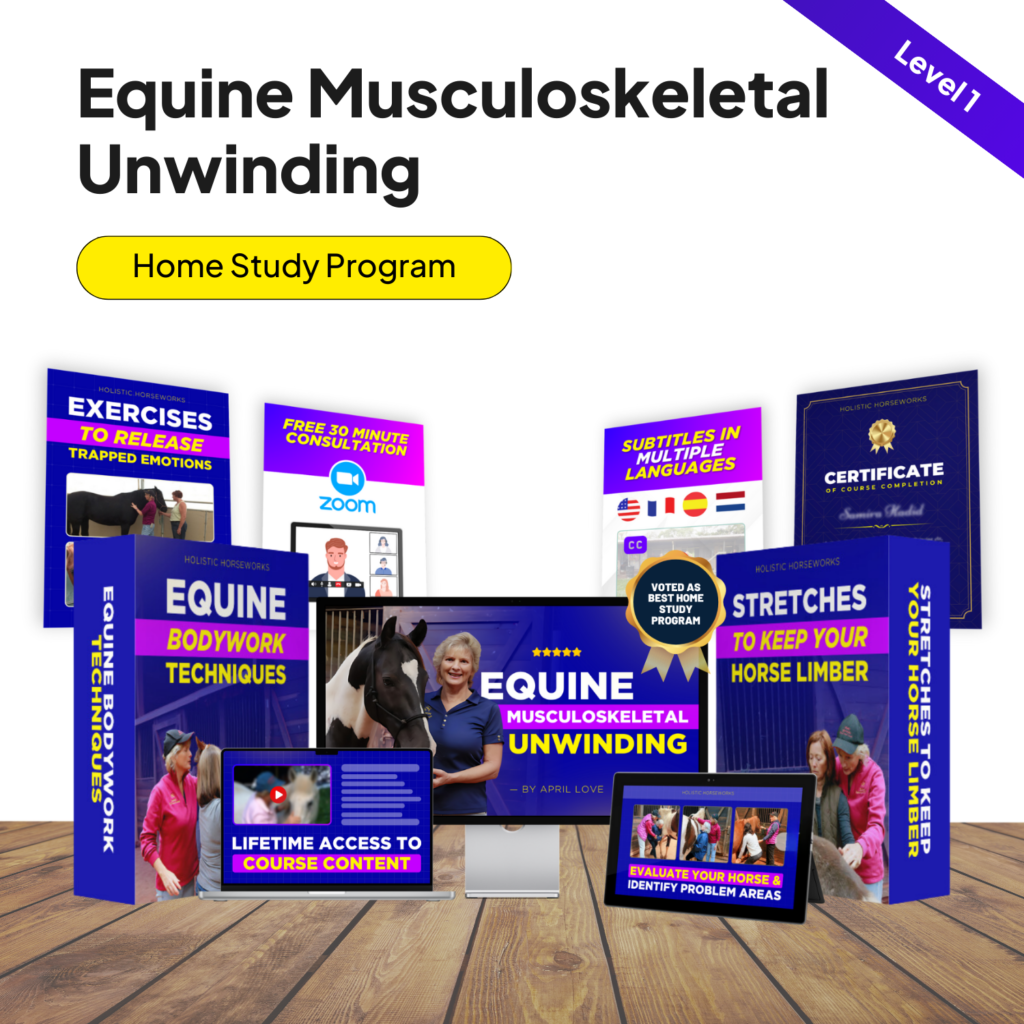
Your journey to holistic horse care starts here
Equine Musculoskeletal Unwinding is our Level 1 program that will get you off to a great start with horse care! Along with many physically supportive techniques, this course goes over balancing chakras and aligning acupressure meridians, along with techniques in “listening” so that you can finally hear what it is your horse has been trying to tell you!
Get The Free Ebook
Horse 101: Everything You Wish You Had Known Before You Got Your First Horse
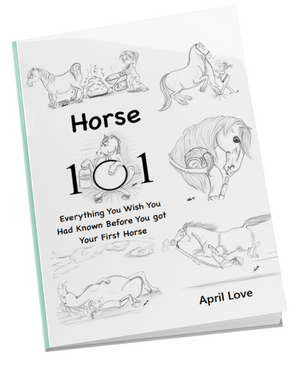
Download Now
Shop Horse Care
On Key



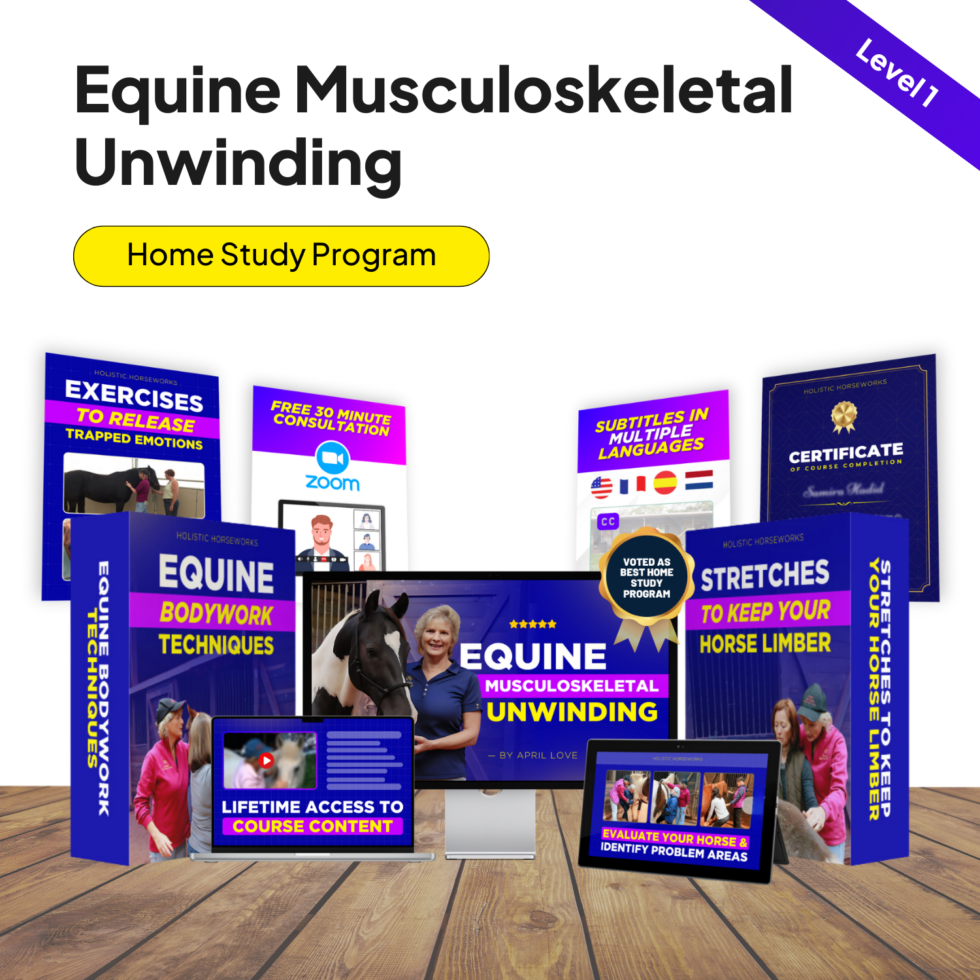
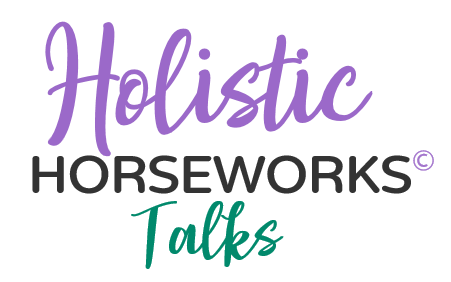
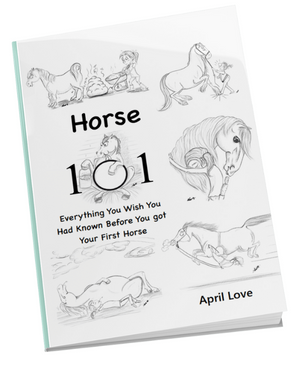
![Complete Level 1 & Level 2 Home Study + Private Training Package [NO DVD]](https://holistichorseworks.com/wp-content/uploads/2022/08/Level-1-and-Level-2-complete-home-study-and-training-package-400x400.jpg)
![Level 1 "Equine Musculoskeletal Unwinding" Home Study -Watch Instantly [NO DVD]](https://holistichorseworks.com/wp-content/uploads/2022/08/Level-1-Home-Study-400x400.jpg)
![Level 2 “CranioSacral Unwinding & Advanced Applied Kinesiology” Home Study - Watch Instantly [NO DVD]](https://holistichorseworks.com/wp-content/uploads/2022/08/Level-2-Home-Study-400x400.jpg)
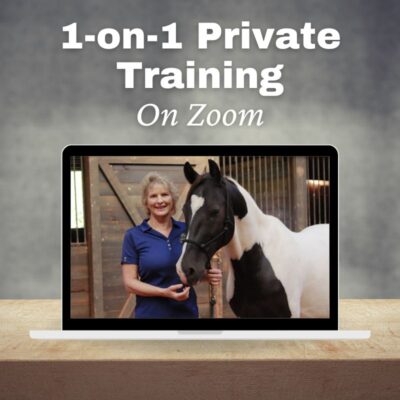

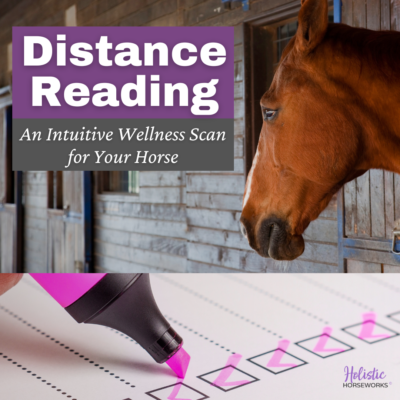

![Equine CranioSacral Energy Work -Watch Instantly [English and French]](https://holistichorseworks.com/wp-content/uploads/2022/09/equine-cranial-sacral-energy-work-watch-instantly-400x400.jpg)
